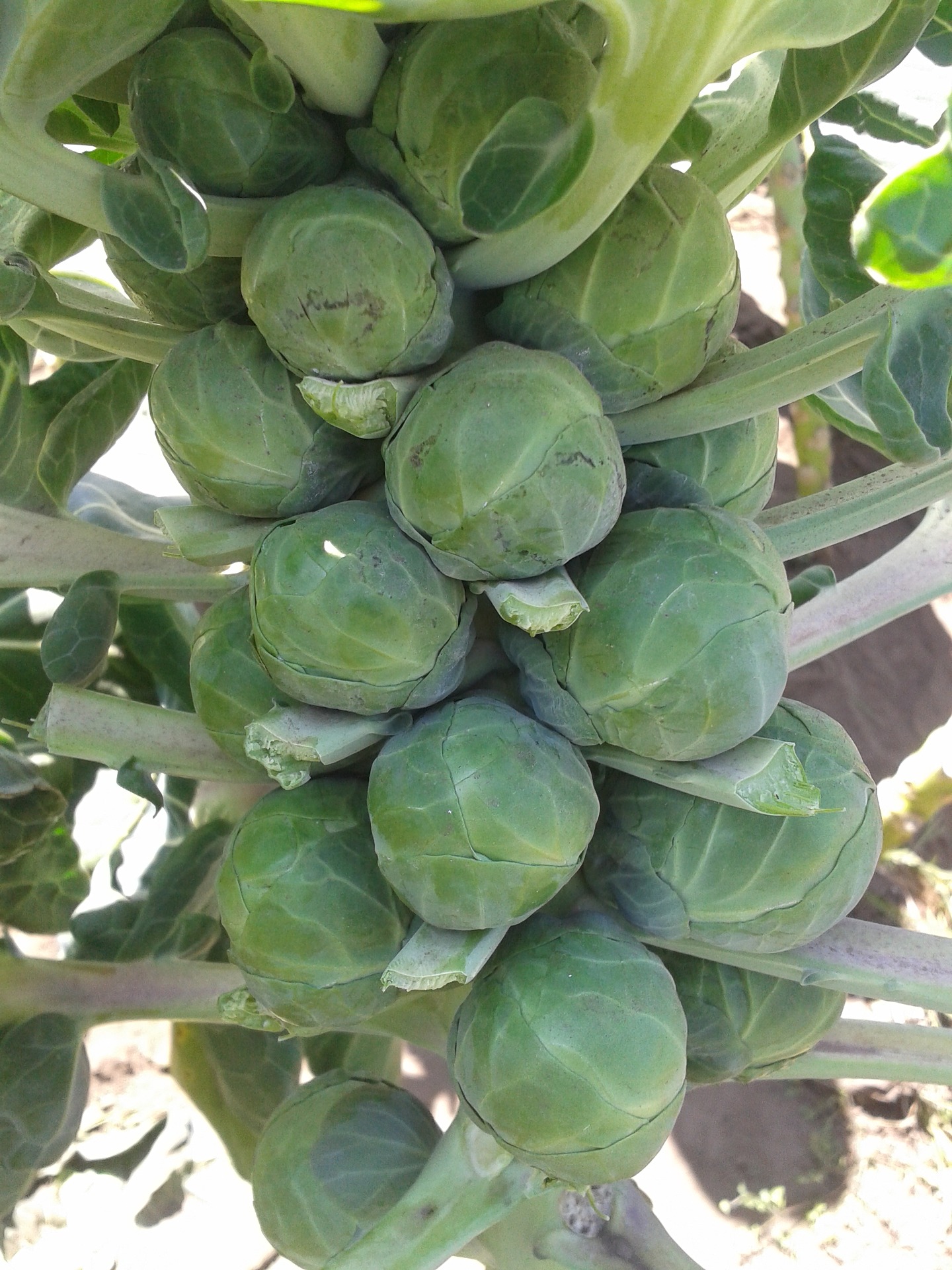

Love them or hate them, Brussels sprouts are a true winter classic and a must-have on many Christmas dinner plates! Part of the brassica family, they’re hardy, nutritious, and surprisingly satisfying to grow once you get the hang of them.
Brussels sprouts were first widely cultivated in Belgium, but today they’re a staple crop for UK growers. If you’ve ever found them expensive on supermarket shelves, you’re not alone - growing Brussels sprouts at home is a brilliant way to get fresher, tastier, and more cost-effective results.
This is a long-term crop that takes around 31 weeks to mature, but it’s worth the wait. With patience, a bit of space, and some careful planning, you can grow Brussels sprouts successfully in your allotment or garden.
Read on to find out how to grow Brussels sprouts in the UK, choose the right varieties, and pick up tips for sowing, spacing, and harvesting them at the right time.
Brussels sprouts are known for their strong flavour, but many modern varieties are bred to be sweeter and milder. Choose the right type for your garden and taste preferences:
One of the most common questions is when to plant Brussels sprouts, especially given their long growing season. Start seeds indoors in February or March in trays or modules, then plant out from May to early summer once the seedlings are well established.
They need firm, fertile, well-drained soil, so prepare your beds in advance, ideally in the previous autumn with organic manure or garden compost. Brassicas prefer alkaline conditions, so if your soil is acidic, add lime to help balance the pH.
If your site is prone to club root, improving drainage and maintaining alkalinity can help reduce risk, although this fungal disease can still cause stunted growth and yellowing leaves.
When you grow Brussels sprouts, spacing is essential. These are large, leafy plants with stout stems, so leave about 75cm (30 inches) between plants in all directions.
Brussels sprouts can also benefit from netting or fleece to keep off pests like cabbage white butterflies and pigeons - common threats to all brassicas.
Unlike quick crops such as lettuce, growing Brussels sprouts is a long-haul project, but the end result is well worth the effort.
Wondering when to pick Brussels sprouts?
Sprouts begin forming from early autumn onwards, starting from the bottom of the stem and working their way up. You can harvest them as they mature. When they start to look firm, round, and tightly packed, snap them off with a sharp downward twist.
Pick regularly from the bottom upwards for a steady supply through winter.
If you prefer to harvest in one go, you can also cut the entire stalk once the plant is mature. Once the main crop is done, don’t forget the sprout tops - they’re tender, edible, and great sautéed or steamed.
It’s commonly believed that Brussels sprouts taste sweeter after a sharp frost, and many growers find they improve in flavour after a cold snap.
Depending on the variety, you may still be harvesting into late winter or early spring.
Once picked, Brussels sprouts can be:
Ready to grow Brussels Sprouts this season? Allotment Online offers expert guides, crop-specific tips, and a vibrant community of growers to help you succeed. Whether you’re new to growing Brussels sprouts or returning for a better harvest, we’re here with tips, encouragement, and answers.
Join today to share your stories, get advice from fellow gardeners, and enjoy the satisfaction of harvesting fresh, homegrown produce.
Got a question or success story? We’d love to hear it! Sign up and become part of the community!
Are you looking for tips on growing apples, peaches or squashes? Head to our Grow Your Own page, and we’ll answer more specific growing-related questions.